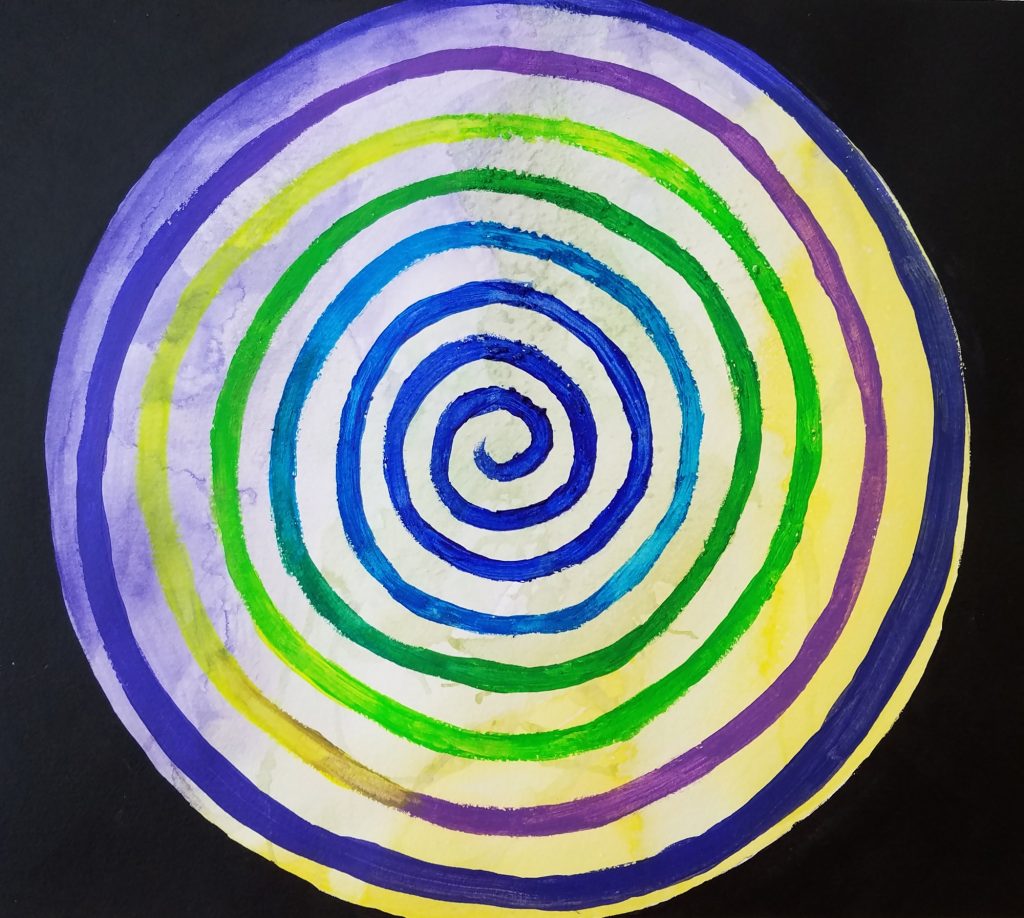October 25, 2018
 Lacy Mucklow, MA, ATR-BC, LPAT, LCPAT, ATCS, works with families of military service members in partial hospitalization and inpatient units as well as with a wider clientele in private practice. She reports that “Being part of AATA has helped me stay connected with other art therapists, be available to mentor other art therapists-in-training, and to stay abreast of the latest developments in the art therapy field.” She especially values the AATA Journal and the Art Therapist Locator tool, which has not only brought clients to her practice but also helped her find art therapists she can refer clients to when needed.
Lacy Mucklow, MA, ATR-BC, LPAT, LCPAT, ATCS, works with families of military service members in partial hospitalization and inpatient units as well as with a wider clientele in private practice. She reports that “Being part of AATA has helped me stay connected with other art therapists, be available to mentor other art therapists-in-training, and to stay abreast of the latest developments in the art therapy field.” She especially values the AATA Journal and the Art Therapist Locator tool, which has not only brought clients to her practice but also helped her find art therapists she can refer clients to when needed.
Mucklow earned her master’s from The George Washington University and holds licenses in Kentucky (LPAT) and Maryland (LCPAT). To her, art therapy is effective because it uses imagery to access memories, feelings, and experiences more readily than traditional talk therapy. “Allowing the client to process things visually rather than verbally allows their brain to access that which may be pre-verbal or experiences where words are inadequate, bypassing the typical censorship of the brain when speaking, and using the metaphor in the artwork can make issues easier to address as well.” Her hope for the future of the profession is that art therapy will be a well-known and accepted mental health field that is incorporated in all types of placements as a standard of care.

“Path to a New Beginning” Watercolor and Acrylic Paints. July 2018.
Artist’s Statement: “This artwork was born out of a new path that I was beginning by branching out into some private practice work, something I had been wanting to do for years but the right opportunity had not presented itself until now. I decided to make a mandala and used Stage 3 to reflect the labyrinth/path that I was starting myself on with this new venture. The changing colors of the spiral pathway reflect both a color pathway guided imagery that I use for relaxation with patients as well as showing how things merge and morph as we go along our journey. There are always changes as we move forward, but they aren’t always sudden; they segue into each other in ways that can be a gradual transition, showing how various things from the past can all come together to bring you into the place where you are presently.”
